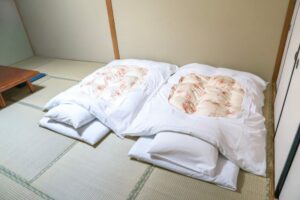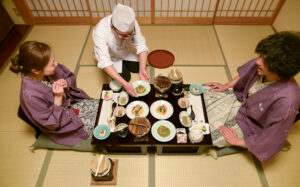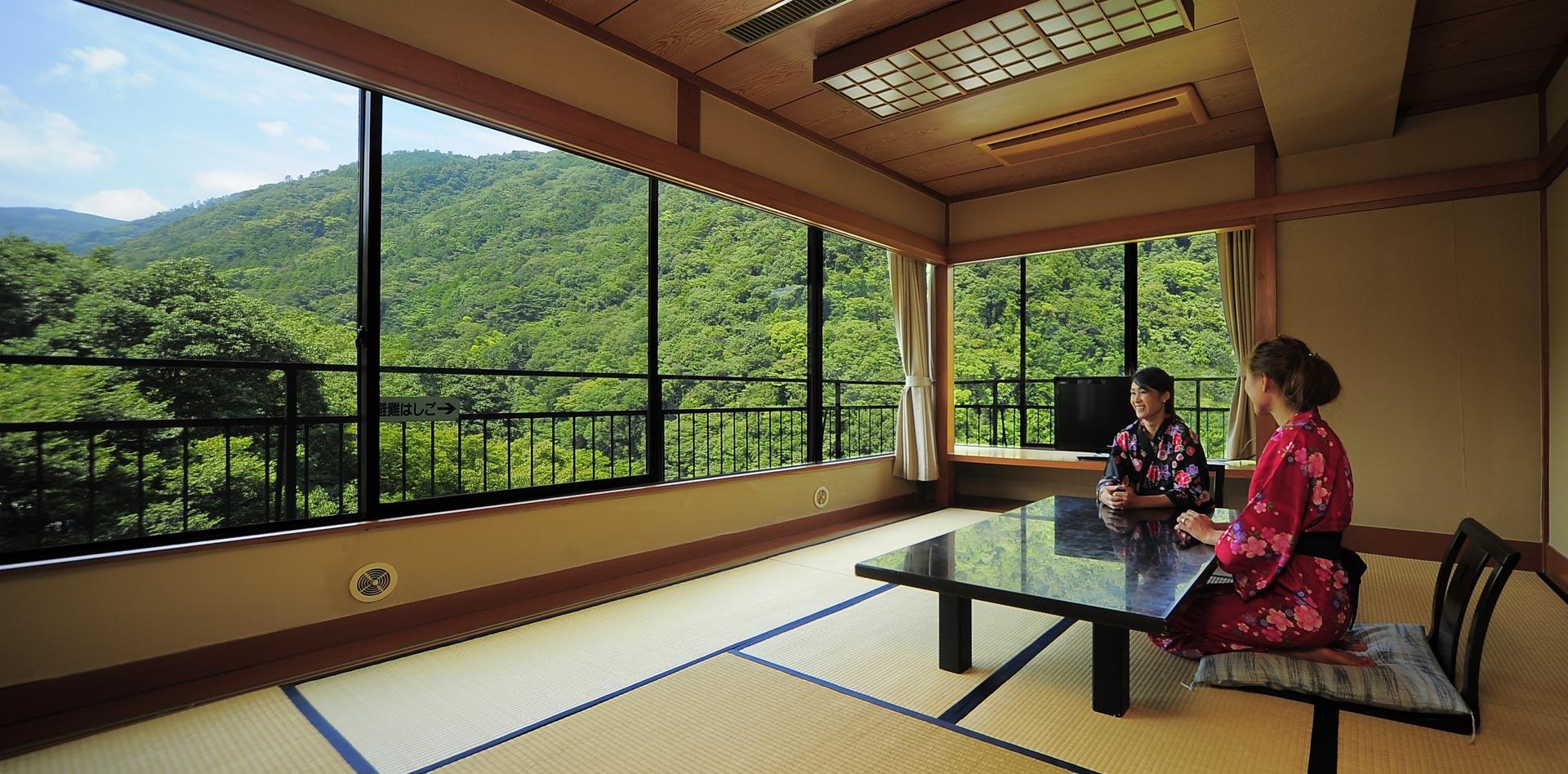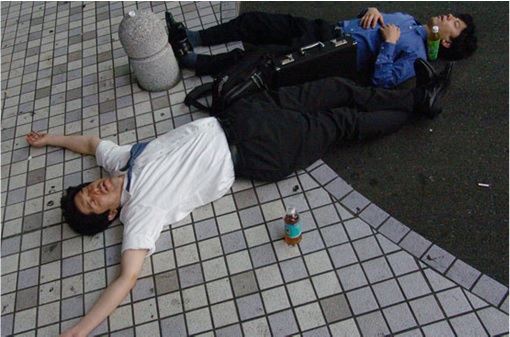No products in the cart.
Ryokans in Japan: A Journey Through Blissful The 4 Elements and Tradition of Comfort
Introduction: Ryokans In Japan
In Japan, the experience of staying in a ryokan goes beyond simple lodging. These traditional Japanese inns, especially prevalent in hot spring resorts, offer a unique blend of history, culture, and hospitality. They invite guests to immerse themselves in the traditional Japanese lifestyle, with elements such as tatami rooms, futon beds, Japanese-style baths, and local cuisine. Both Japanese and foreign tourists cherish the opportunity to stay in a ryokan, finding it a highlight of their travels inn Japan.
The History of Ryokans
The history of ryokans dates back over a thousand years to the Nara period (710-794), when they served as rest stops for travelers and monks journeying along Japan’s ancient highways. These inns provided essential services such as food, shelter, and a place to rest, ensuring that weary travelers could continue their journeys. Over the centuries, ryokans evolved, incorporating more amenities and luxuries to cater to a growing number of guests.
During the Edo period (1603-1868), the concept of hospitality known as “omotenashi” became deeply ingrained in Japanese culture. This era saw the establishment of many ryokans, which started to emphasize personalized service and the comfort of their guests. The tradition of offering a warm welcome, attention to detail, and anticipating guests’ needs has remained a cornerstone of ryokan hospitality to this day.

The Ryokan Experience
Tatami Rooms
A defining feature of ryokans is the tatami room. Tatami mats, made from woven straw, cover the floors, providing a natural and comfortable surface to walk and sit on. The rooms are typically decorated with sliding shoji doors, simple wooden furniture, and minimalistic decor, creating a serene and uncluttered environment. Guests can relax in yukata (casual kimono) provided by the ryokan, adding to the traditional experience.
Futon Beds
Instead of Western-style beds, ryokans offer futon bedding. At night, staff members lay out futons directly on the tatami mats, creating a cozy and restful sleeping arrangement. In the morning, the futons are folded and stored away, maximizing the room’s space for daytime activities. This practice not only preserves tradition but also connects guests to a simpler, more authentic way of living.


Local Cuisine
Ryokans take pride in offering exquisite local cuisine, often featuring multi-course meals known as kaiseki. These meals highlight seasonal ingredients and local specialties, meticulously prepared and beautifully presented. Dining at a ryokan is not just about the food; it’s a ceremonial experience that engages all the senses. Guests typically enjoy their meals in their rooms or in a communal dining area, served by attentive staff who explain each dish’s significance and ingredients.

Types of Ryokans
Ryokans come in various shapes and sizes, catering to different preferences and budgets. Some ryokans are small, family-run establishments with just a few rooms, offering a cozy and intimate atmosphere. Others are larger, more luxurious facilities with extensive amenities and numerous rooms, resembling hotels in their scale but maintaining traditional elements.
Budget-friendly ryokans provide a no-frills experience, focusing on the essentials of Japanese hospitality at an affordable price. On the other end of the spectrum, high-end ryokans cater to the wealthy, offering opulent accommodations, private onsen, and gourmet dining experiences. Despite the range in cost and style, all ryokans strive to deliver the essence of omotenashi.
The Architecture and Design of Ryokans
The architecture of ryokans reflects traditional Japanese design principles, emphasizing harmony with nature, simplicity, and functionality. Ryokans are often constructed using natural materials such as wood, bamboo, and paper, which blend seamlessly with their surroundings. Large windows and sliding doors allow for unobstructed views of the gardens or natural landscapes, enhancing the sense of tranquility.
The layout of a ryokan typically includes a central courtyard or garden, providing a peaceful retreat for guests. These gardens are meticulously maintained, featuring elements such as koi ponds, stone lanterns, and carefully pruned trees. The integration of indoor and outdoor spaces fosters a deep connection to nature, a core tenet of Japanese aesthetics.
Clean Water and the Onsen Culture
The presence of clean, natural hot springs is a key feature of many ryokans, especially those located in hot spring resorts. The purity of the water is crucial for the onsen experience, as the mineral content and cleanliness directly impact the therapeutic benefits. Japan’s commitment to environmental stewardship ensures that these natural resources are protected and preserved.
In regions like Shimabara on Kyushu island, the abundance of clean water is a testament to the country’s dedication to maintaining high environmental standards. This commitment extends to the ryokans, where the quality of the water is meticulously managed to provide guests with a superior bathing experience. The clean, mineral-rich waters of the onsen not only offer relaxation but also reflect the broader cultural emphasis on purity and harmony with nature.










